Strains of Padharo Mhare Desh, a Rajasthani song that means Welcome to my Land, follow you everywhere in Rajasthan, India’s driest and yet most visited state. Magnificent forts, palaces-turned-hotels, and luxury trains draw thousands of tourists every year. In the streets of Rajasthan, you can hear countless folklore and tales of brave Rajput warriors, marvel at beautiful havelis, listen to folk music, shop for handicrafts, and taste mouth-watering food. On a 10-day road trip through Rajasthan, see the best that this state has to offer and savour as many Rajasthani thalis as you can.
RAJASTHAN / INDIA
Most of the west of Rajasthan is covered by the golden sands of the Thar Desert which heeds no man-made borders and stretches into Pakistan. Despite being dry and arid, it is the most populous desert region in the world and has been, throughout history, with many royal dynasties building forts, palaces, and bustling cities like Jodhpur here. Small villages and nomadic settlements dot the desert and scrubland. Nomadic tribes eke out a livelihood by farming livestock and foraging. With the influx of tourists, many from these communities work at luxury resorts and desert camps performing traditional dances like kalbaliya and ghoomar to entertain guests. The Mangniyar community, known for their folk songs, are from this region. Most desert safaris start from Bikaner or Jaisalmer; it is an unforgettable experience to sleep in tents in the desert, under the clear starlit sky, with the wind painting patterns in the silent night.
The south is less arid but no less royal than the west. Here, with its countless tales of heroic kings and brave queens, is the princely region of Mewar. Numerous forts, like the magnificent Chittorgarh and Kumbhalgarh, rise atop forested hillocks and rocky outcrops of the Aravalis. The white city of Udaipur with its creamy-white palace, luxury hotels, shimmering lakes, havelis, ghats, and lively bazaars draws a steady stream of tourists every year. You can taste some of Rajasthan’s culinary delights at the many restaurants that dot this city. The region is also home to Rajasthan’s only hill station, Mount Abu, where the awe-inspiring Dilwara Jain Temples are located.


Rajasthan Road Trip Itinerary
- Rajasthan Road Trip Itinerary
- Day 1: Explore the Desert City of Bikaner
- Day 2: Drive to the Golden City of Jaisalmer
- Day 3: Visit Sonar Kella | Desert Safari
- Day 4: Drive to Jodhpur and Wander through the Old Town
- Day 5: Visit Mehrangarh Fort
- Day 6: Drive to Chittorgarh via Kumbhalgarh
- Day 7: Drive to Udaipur
- Day 8: Explore Udaipur
- Day 9: Drive to Mount Abu
- Day 10: Visit the Dilwara Jain Temples
- Western & Southern Rajasthan Road Trip: Travel Tips
- How to Rent a Car in Rajasthan
- How to Reach Bikaner
- Where to go from Mount Abu
Rajasthan Road Trip Itinerary
This 10-day Rajasthan road trip itinerary covers the best of the western and southern parts of the state. We will start from Bikaner, one of Rajasthan’s least visited jewels, and end our trip in the cool climes of Mount Abu. The route we will follow is this:
Bikaner — Jaisalmer — Jodhpur — Chittorgarh — Udaipur — Mount Abu
Day 1: Explore the Desert City of Bikaner
![]() Route: Bikaner – Deshnok (30 km) – Bikaner
Route: Bikaner – Deshnok (30 km) – Bikaner![]() Top things to do in Bikaner: Karni Mata Temple, Junagarh Fort, Bhandasar Temple, Rampuria Haveli
Top things to do in Bikaner: Karni Mata Temple, Junagarh Fort, Bhandasar Temple, Rampuria Haveli
Our Rajasthan road trip begins 30 km from Bikaner in Deshnok at the unique Karni Mata Temple where devotees offer milk to the thousands of rats that inhabit the premises. The temple features an immaculate marble façade and solid silver doors. Rows of white marble rats, panes carved with leafy vines and lizards, tigers, snakes, figurines of humans, and vases fill every inch of the late Mughal style building that was built by Maharaja Ganga Singh in the early 20th century.



After a late breakfast of puri sabji at one of the many stalls that line the road leading to the temple, head back to the city to see the magnificent Junagarh Fort. Built in 1589 by Maharaja by Maharaja Rai Singh, the Junagarh Fort was originally known as the Chintamani Durg and was the residence of the royal family of Bikaner till 1902 when the residence was shifted to the Lalgarh Palace. The complex, built of red sandstone and Carrera marble, is fortified with 37 bastions and seven gates. The Har Mandir, the private temple of the royal family, is located by the Tripolia Gate. By the Daulat Pol, you can see hand imprints of the Maharanis who committed sati. It is a sobering experience and will make you stop for a while to contemplate the lives of these women.
The Phool Mahal is the oldest part of the palace and was built by Raja Rai Singh. Beautiful glass inlay work and stucco work showcasing traditional motifs of flowers adorn the walls of the Phool Mahal. The public audience hall, Karan Mahal, was built by Karan Singh to celebrate his victory over the Mughals. A beautiful marble throne stands in the centre of a marble pool in the quadrangle which leads into the Anoop Mahal with its lacquered red and gold walls. In the Vikram Vilas Durbar Hall, you can see a WWI De Havilland DH-9 biplane bomber. The Badal Mahal is one of the most aesthetically pleasing among the many mahals: On the walls and ceiling, bright blue rain clouds and streaks of yellow lightning have been painted around alcoves containing paintings and idols.
TIP: It can easily take 2-3 hours to explore the Junagarh Palace, so plan accordingly.



There is a museum, Pracheena, that houses a wealth of period furniture, costumes, décor, textiles, arts and crafts, crockery and cutlery, and jewellery used by the royal family. The museum offers a wonderful insight into the daily lives of the royal family. A tour of the Junagarh Fort easily takes around 2-3 hrs.
Post lunch, visit the Bhandasar Temple, one of Bikaner’s two Jain temples. The pillars bear floral arabesques and depictions of the lives of the 24 Jain tirthankaras. Locals insist that 40,000 kg of ghee was used instead of water in the mortar and on hot days, it seeps through the floor of the temple! Nearby is the Lakshminath Temple built by Maharaja Rao Lunakaran.
Stop by the sumptuous Rampuria Havelis, a group of seven havelis built by three brothers. It is the grandest of the 15th and 17th-century merchant havelis in the old city of Bikaner. The jharokhas, jaali-work, immaculate stone carvings, and stained-glass work is breathtaking. Massive wooden doors and latticed windows adorn the 400-year-old structure which has a few touches of European architecture as well with some of the bas reliefs depicting European kings and queens. The Kothari Haveli is another of Bikaner’s many merchant havelis. Every inch of the façade is covered with traditional floral carvings and artwork.
Spend the rest of the day wandering in the old city where a labyrinth of winding alleys conceals fantastic havelis, temples with intricate carvings, shops selling local artisanry, and eateries dishing out mouth-watering local fare.


Day 2: Drive to the Golden City of Jaisalmer
![]() Route: Bikaner – Jaisalmer
Route: Bikaner – Jaisalmer ![]() Distance: 323 km via NH 11
Distance: 323 km via NH 11![]() Time: 5.5-6 hrs
Time: 5.5-6 hrs![]() Top things to do in Jaisalmer: Jaisalmer Fort, Patwan ki Haveli, Gadisar Lake, Bada Bagh, Desert Safari
Top things to do in Jaisalmer: Jaisalmer Fort, Patwan ki Haveli, Gadisar Lake, Bada Bagh, Desert Safari
Start bright and early to hit the road to Jaisalmer, the next stop on our Rajasthan road trip. But first, a cup of kesari chai and a sweet ghewar! The journey takes anywhere between 5 to 6 hrs; the landscape is flat as a flan, taupe and ochre with little to no trees. If you leave the windows down, the dust will settle on your face, on your lashes, and on your tongue should you part your lips.
If you are into haunted places, take a detour to the abandoned Kuldhara village which, according to legends, was cursed in the 1800s. To this day, locals claim that the voices of dead villagers can be heard among the ruins.
At Jaisalmer, stop for a lunch of dal-bati-churma before heading to the famed Patwan ki Haveli. The Patwan ki Haveli is a symphony carved from the golden rock of Jaisalmer. This opulent haveli was home to a family of bankers and opium traders. On the outside are filigree work, carved jaalis, and jharokhas. Three out of five houses have been turned into museums and are crowded no matter when you go. Hire a guide to learn more about the history of the havelis.

In the evening, visit the Bada Bagh. The soft crimson of the setting sun adds a touch of drama to the magnificent cenotaphs that fill this bagh, this garden where the royals of Jaisalmer have been laid to rest.
For dinner, head to one of Jaisalmer’s many rooftop cafes, preferably one below the fort– we recommend Hotel Shahi Palace– from where you can see the fort, lit bright and golden, glimmering under a sky full of stars. Pick a place where you hear local folk music and taste some local delicacies.



Day 3: Visit Sonar Kella | Desert Safari
![]() Route: Jaisalmer – Sam Sand Dunes
Route: Jaisalmer – Sam Sand Dunes![]() Distance: ~50 km
Distance: ~50 km
![]() Time: 1 hr
Time: 1 hr
At daybreak, be at Gadisar Lake, a man-made lake built during the 1400s by Raja Rawal Singh. In the golden hour, the chattri in the middle of the lake appears magical. There are no crowds, no chaos at this hour. Just the lapping of the wavelets on the steps, the gentle breeze, and the light of the rising sun as it brushes everything with gold.
After a quick breakfast of mirchi pakoda and jalebi at Hanuman Chowk, head to the golden fort of Jaisalmer, the Sonar Kella which was made famous by the Oscar-winning director, Satyajit Ray who filmed a film with the same name here. Built in 1556 by Rawal Jaisal on Trikuta Hill, the Jaisalmer Fort is one of the five forts of Rajasthan which have been awarded a UNESCO World Heritage Site tag. Around it stretches the bustling town of Jaisalmer with its havelis and hotels, and beyond seethes the sand of the Thar. It is one of the few living forts in India; cattle and livestock were evicted a few years ago and now the tight, twisting alleys are full of smoke-belching motorbikes. The original occupants were members of the royal member, Brahmins, and Rajputs, and for each of them, the area was demarcated within the fort. The ramp that leads to the main fort has four massive gates. Prominent tourist points are the Maharawal’s Palace with its countless jharokhas, the Lakshminath Temple, a group of 7 Jain temples built of golden sandstone between the 12th and 16th centuries, and numerous havelis. The fort even had an indigenous system called the ghutu nali to drain rainwater. Haphazard construction has greatly reduced its effectiveness at a time when climate change is causing inopportune cloud bursts in the area. Researchers have warned that the structure is weakening but there seems to be no stopping the builders. It can easily take you hours to explore the fort. The alleys are full of shops selling colourful textiles and handicrafts. Musicians play in corners and one can partake of the local life. Rooftop restaurants serve excellent local dishes and offer beautiful views of the surrounding landscape. Near the entrance is an eatery dishing out piping hot pizzas.



Post lunch, head towards the roaring sands of the Thar Desert, where you’ll spend a night at a desert camp, one of the highlights of this Rajasthan road trip. The road runs through clumps of desert shrub, wasteland, dunes, and wind farms. India’s second-largest operational onshore windfarm, the Suzlon Wind Park is located here with a capacity of generating over 1 GW of energy.
Arrive in time for a sunset safari and join the hundreds who come here to watch the blood-red disc slip beneath the horizon. The silhouette of camels walking in front of the sun makes for an excellent shot! However, skip the camel ride and request your hosts for a jeep instead. The camels we saw looked emaciated and more often than more, their owners hit them to walk faster. Most of the camps will arrange for cultural shows in the evening where you can watch traditional kalbeliya and ghoomar performances and hear the soulful voice of the mangniyar singers. At our camp, a young Argentinian musician sang a devotional Hindi song and played the ukulele! He’s been travelling around the world with his family to learn about folk music in various parts of the world.

Day 4: Drive to Jodhpur and Wander through the Old Town
![]() Route: Sam Sand Dunes – Jodhpur
Route: Sam Sand Dunes – Jodhpur![]() Distance: 317 km via NH 11 and NH 125
Distance: 317 km via NH 11 and NH 125![]() Time: 5-5.5 hrs
Time: 5-5.5 hrs![]() Top things to do in Jodhpur: Mehrangarh Fort, Jaswant Thada, Old City, Umaid Bhavan Palace
Top things to do in Jodhpur: Mehrangarh Fort, Jaswant Thada, Old City, Umaid Bhavan Palace
Return to the dunes at daybreak to witness the mesmerizing sunrise. Post breakfast at the camp, set off for Jodhpur, the next stop on this road trip. If you have an extra day, drive to the Desert National Park to see local and migratory birds and mammals like foxes and chinkaras.
Highways unfurl over kilometres and kilometres of flat land; the vegetation is sparse, the afternoon wind blistering even in December. Unlike in Bengal, here the villages are far apart. In between them, just the barren scrubland land. Wild camels, though a rare sight, graze nonchalantly and most of them look healthier and happier than their domesticated counterparts we saw in Jaisalmer.
The magnificent Mehrangarh Fort looms above the city and in the late afternoon light, it looks ethereal. Check-in at your hotel before heading out to explore the old city. With its blue walled houses, tight lanes through which flow the rush of everyday life, stalls selling chai and pakoras, wandering cattle, dogs, and interesting typography, the old city is intensely photogenic and has graced many a magazine cover. There is a clutch of hostels and guesthouses here, but parking is pretty much impossible to find.
Be warned that the lanes of the old city are narrow and sometimes impossible to navigate. Book a hotel near the railway station or on one of the wider thoroughfares and hire an auto to go into the heart of the fabled blue city.

Day 5: Visit Mehrangarh Fort
![]() Route: Around Jodhpur
Route: Around Jodhpur
Start the day with a breakfast of pyaz kachori, mirchi vada, and jalebi at Chaudhary Namkeen or Janta Sweets before heading off toward the Mehrangarh Fort from where you can enjoy breath-taking views of the city of Jodhpur. One of the largest forts in Rajasthan, the Mehrangarh Fort was built in 1459 by Rao Jodha. At the entrance, folk singers welcome you with songs of the land. Elegant courtyards, intricate jaali work, jharokhas, vibrant stucco work, and stained-glass panes adorn the magnificent structure. Inside the fort are numerous mahals which have been turned into museums. The galleries at Mehrangarh are some of the most well-maintained in the country. They feature weaponry, miniature paintings, turbans, a set of palanquins, and various crafts that are owned by the royal family of Jodhpur. A well-preserved elephant howdah is one of the attractions housed in the Shringar Chowk. The Sheesh Mahal is an absolute beauty! Colourful glass inlays, mirrors, and stained-glass work adorn every inch of this dazzling mahal. The balustrades and fluted columns of the Phool Mahal draw from Mughal architecture but the jaali work and paintings that adorn the pillars are Rajasthani in style. Most of the original artwork is there but some of it was repainted in the 19th century. The Moti Mahal is another of Mehrangarh’s wonders. Crushed shells were mixed with the plaster to give the room a pearl-like lustre!
Post lunch at Chokelao where you can taste the best of Rajasthani cuisine, head to the Jaswant Thada, a cenotaph built in the memory of Maharaja Jaswant Singh II. The monument, built of polished white marble, has intricate carvings all over the surface. In the light of the full moon, it appears to emit an otherworldly glow! It is a sight to be remembered.
On the way back to the city, stop by to see the grand Umaid Bhavan Palace. Constructed in the Indo-deco style, the palace stands of perfectly manicured lawns and predominantly features dun sandstone. Vintage clocks and cars are some of the attractions here. The museum houses a lovely collection of miniature paintings, murals, stuffed leopards, and antique paraphernalia owned by the royal family.



Day 6: Drive to Chittorgarh via Kumbhalgarh
![]() Route: Jodhpur – Kumbhalghar – Chittorgarh
Route: Jodhpur – Kumbhalghar – Chittorgarh![]() Distance: 173 km to Kumbhalgarh and another 162 km to Chittorgarh
Distance: 173 km to Kumbhalgarh and another 162 km to Chittorgarh![]() Time: 4 hrs to Kumbhakgarh and another 4 hrs to Chittorgarh
Time: 4 hrs to Kumbhakgarh and another 4 hrs to Chittorgarh
The total journey today will take anywhere between 8-9 hrs, so start by 6 am to reach Kumbhalgarh before noon. Take a detour near Rajasamand to visit the Kumbhalgarh Fort. It was built in the 15th century by Rana Kumbha and is one of the 5 Rajasthani forts to feature in the list of UNESCO World Heritage Sites. Inside, there are magnificent Jain temples—one of them features 52 chattris— and Hindu Temples. The Neelkanth Mahadeva temple dates back to 1458 and features 24 pillars. The idol of Shiva in this temple has 12 arms and is made of black stone. The views of the forested hillside from the fort are mesmerizing!
Another 4 hrs on winding roads will bring you to the ruins of Chittorgarh. From the road, it appears like an endless rampart running along the edge of the hill. The story of Rani Padmini was set here. According to local lores, Alauddin Khilji was so enchanted by her beauty that he attacked Chittor to defeat her husband, Rawal Ratan Singh, and take her away but when Rawal Ratan was killed in battle, all the queens, including Padmini, committed jauhar. Nobody knows whether she was a historical figure but her depiction in a Bollywood movie, Padmavat, led to widespread protests by Hindu ring-wing groups across Rajasthan.
Most of the Chittor Fort stands in ruins but some of the structures can still be seen today. The 122 ft high Vijaya Stambh was erected by Rana Kumbha between 1458 and 1468 to commemorate his victory over Mahmud Shah I Khalji. The Kirti Stambh is shorter and older than the Vijaya Stambh and features Jain sculptures. It is dedicated to Adinath, the first Jain Tirthankara. The Rana Kumbh Palace, the Fateh Prakash Palace, and Rani Padmini’s Palace (reconstructed in the 19th century) are the only surviving palaces in the Chittor Fort. The former has rich historical significance: Maharana Udai Singh, the founder of Udaipur was born here; Maharani Padmini consigned herself to flames in this complex; Meera Bai lived for a while in this palace and sang bhajans in praise of Lord Krishna at the nearby Meerabai Temple. The first two house museums offer valuable insights into the rich history of Mewar. The Gaumukh Reservoir is another of the fort’s sights. The spring that feeds the tank emerges from a carved cow’s mouth. It was the principal source of water for the residents of the fort.



Day 7: Drive to Udaipur
![]() Route: Chittorgarh to Udaipur
Route: Chittorgarh to Udaipur ![]() Distance: 124 km
Distance: 124 km![]() Time: 2.5-3 hrs
Time: 2.5-3 hrs![]() Top things to do in Udaipur: City Palace, Sajjan Garh, Sahelion ki Baari, Gangaur Ghat, Lake Pichola, Jag Mandir, Vintage Car Museum
Top things to do in Udaipur: City Palace, Sajjan Garh, Sahelion ki Baari, Gangaur Ghat, Lake Pichola, Jag Mandir, Vintage Car Museum
The next stop on the Rajasthan road trip is the beautiful lakeside city of Udaipur! Spend the morning wandering the streets, then settle for a leisurely lunch at one of Udaipur’s numerous restaurants.
Later in the afternoon, drive to Sajjan Garh to witness the sun setting over the placid lakes on the banks of which stands the white city of Udaipur. Lights glimmer in the palaces around the lake, in the middle of the lake, and around it. Overhead, in the deep blue sky are millions of stars.
The palaces, hotels, and restaurants surrounding Pichola Lake are lit up at night and their dazzling reflection in the placid waters of the lake creates a magical scene. A sky full of glittering stars and lights glittering on the soft, night-darkened waves. Spend some time strolling along the lakeside and taking in the magnificence of this royal city. Later, enjoy a rooftop dinner. The Sun N’ Moon Café is an excellent place to down some chilled beer over some North Indian specialities. Or, head to Ambrai to taste some of the region’s classic dishes. As you relish your dinner by the lakeside, you’ll realize why Udaipur is called one of the most romantic cities in India.

Day 8: Explore Udaipur
![]() Route: Around Udaipur
Route: Around Udaipur
Begin the 8th day of your Rajasthan road trip by offering prayers at the Jagdish Temple. Then head towards Udaipur’s primary attraction, the magnificent City Palace. Go when the doors open or you’ll get pushed around by crowds. As you walk under the Tripolia Gates, a granite and marble structure adorned with a profusion of cupolas, balconies, and jharokhas will welcome you. Inside are numerous buildings like Mor-Chowk, Sheesh Mahal, Moti Mahal, Badi Mahal, Krishna Vilas, and Shambhu Vilas, you can spend hours gazing at mirrorwork, murals, coloured-glass inlays, marble carvings, and silver work. You can also get a ferry ticket to visit Jag Mandir at the entrance.



Post lunch, visit the lovely Sahelion ki Baari to see its beautiful gardens and fountains, then spend some time admiring the vintage cars at the Vintage Car Museum.
In the evening, walk to the jetty and buy tickets for a 20-minute sunset boat ride on Lake Pichola. In the dying light of the sun, the chabutaras, havelis, and ghats that surround the lake appear to glow with an ethereal light. You can also see Sajjan Garh perched high atop a hill. It seems to shimmer in the light.
Spend the rest of your day strolling through the bazaars of the old city and shopping! The markets are overflowing with traditional textiles, handbags, mirror-work skirts, quilted jackets, mojris, jewellery, hand-made paper and leather-bound journals, woodwork, and glass bangles. Snack on lip-smacking pyaz kachoris and chai as you go on a shopping spree.



Day 9: Drive to Mount Abu
![]() Route: Udaipur – Mount Abu
Route: Udaipur – Mount Abu![]() Distance: 163 km
Distance: 163 km![]() Top things to do in Mount Abu: Dilwara Temples, Nakki Lake
Top things to do in Mount Abu: Dilwara Temples, Nakki Lake
See the sunrise from Gangaur Ghat and feed the pigeons that descend in droves here in the small hours of the morning. The purplish twilight gives way to a watery pinkish-orange light and the Jal Mahal and Jag Mandir look like glistening jewels afloat on the sleepy waters of the lake. Grab a quick breakfast before heading to the Bagore Haveli to see traditional Rajasthani crafts and handiwork.
Then, say a sad goodbye to this beautiful city and set out for Mount Abu, the only hill station in this land of sand and sunshine and the last stop on our Rajasthan road trip. Lunch at one of the many restaurants that line the main drag, check-in at your hotel, then drive straight to the Guru Shikhar to see the sunset. A short but steep hike from the parking lot will take you to the top of the peak where you can offer prayers at a temple and enjoy spectacular views of the surrounding landscape. The gold-lit chiaroscuro unfolding on the land below is an unforgettable sight.

Day 10: Visit the Dilwara Jain Temples
![]() Route: Around Mount Abu and onwards
Route: Around Mount Abu and onwards
Start your day by hiking to Toad Rock to see the sunrise. The uniquely shaped rock offers excellent views of Nakki Lake and the town of Mount Abu. Post breakfast, enjoy a stroll around Nakki Lake before driving to the Dilwara Jain Temples. Built between the 11th and 13th centuries, the 5 Jain temples in the complex are poetry carved in pure white marble. The carvings are immaculate, designs crafted so meticulously by hand that every petal of every flower, every lotus bud, and every motif is life-like. Grand mandalas carved to mathematical perfection adorn the domed ceilings. Every inch of the Dilwara Temples is covered with marble artwork so delicate that they are impossible to replicate with modern machinery. The beauty of these temples will take your breath away.
Our 10-day Rajasthan road trip ends in Mount Abu. We took the train back to New Delhi but you can go onwards to Ahmedabad, 227 km away, in Gujarat.

You can also take a detour from Jaisalmer and spend a day in Barmer on the way to Jodhpur. There are numerous temples here, including the magnificent Kiradu Temple dedicated to Lord Shiva and the Chintamani Parashnath Jain Temple.
Western & Southern Rajasthan Road Trip: Travel Tips
STAY HYDRATED! Rajasthan is arid and on a road trip through Rajasthan, it is essential that you stay hydrated. Avoid buying bottled water; carry refillable bottles and fill them at hotels and roadside eateries. If you are wary of the local water, carry a SteriPen or water purification tablets with you. Do not waste water as it is a scarce resource here.
TRY THE LOCAL FOOD! Rajasthani cuisine is predominantly vegetarian and in places like Jaisalmer, meat is difficult to find. Try local delicacies like dal-bati-churma, gatte-ki-sabji, ker sangri, and badam ka halwa. However, note that most of these dishes use ghee and/or yogurt. If you are vegan, make sure that you clearly communicate your dietary requirements to your server. Laal Maas and Mohan Maas are two of Rajasthan’s well-known non-vegetarian dishes. Try them in one of the restaurants in Jodhpur or Udaipur.
DRESS IN LAYERS! In winter, days are hot and nights are cold. So, pack accordingly. Especially, in the camps at Sam Sand Dunes and in Mount Abu, you may need something heavier than a light jacket. Irrespective of the season, it is best to dress in layers when travelling through Rajasthan.
DRESS MODESTLY! Rural Rajasthan is conservative and even in the cities, women dress conservatively. Unless you are at a five-star resort, it is highly recommended that you dress modestly. Keep your legs and shoulders covered. Exposing your cleavage and midriff is a strict no-no. Take a cue from the beautiful Rajasthani women and dress accordingly. Long kurtis over jeans, culottes and trousers, harem pants, maxi dresses, flowy skirts, and Indian-style salwar-kameez are all good options. For men, avoid wearing shorts, especially in places of worship.
ASK BEFORE PHOTOGRAPHING! There is no dearth of photo opportunities in Rajasthan and this 10-day travel itinerary through Rajasthan will give you thousands of moments to shoot. The entire state, with its gorgeous architecture, beautiful locals, vibrant culture, and lively bazaars, is photogenic but please be respectful before you take photographs. In some places, like the Dilwara Jain Temples, photography is strictly forbidden. If you are photographing folk singers or performers, make sure you ask them first.
KEEP CASH HANDY! Always keep cash with you when on the road. There are countless toll plazas on the highways in Rajasthan and almost none of them accept cards. Toll fares are anywhere between INR 45 to INR 80 depending on the road and the route.
How to Rent a Car in Rajasthan
There are not many car renting services in India. Zoomcar is available for rent in select cities like Jaipur and Udaipur. You can also rent a Zoomcar in Delhi and drive to Ahmedabad from Mount Abu to drop it off. However, the best way to do a road trip in Rajasthan is to rent a car and hire a chauffeur. That’s how we did it! We chalked out an itinerary, spoke to one of the thousands of travel agents in the state, and picked one based in Bikaner. Our chauffeur was a local from near Bikaner and he doubled up as a guide as he showed us around his homestay! It definitely cost us a lot less than it would have if we had rented a vehicle from a car rental agency.
How to Reach Bikaner
The nearest airport is at Jodhpur, 251 km away. Bikaner has a railway station and is well-connected to New Delhi. We took the overnight train from New Delhi and arrived on a bright wintry morning at Bikaner.
Where to go from Mount Abu
The nearest domestic airport is at Udaipur, 210 km away, and the nearest international airport is at Ahmedabad, 227 km away. Abu Road is the nearest railway station and there are connections to New Delhi. We boarded the afternoon train and arrived in New Delhi early the next morning.
Rajasthan is one of India’s most visited states and 10 days isn’t enough to explore all of it but this road trip covers the best of Rajasthan’s western and southern regions. Eastern Rajasthan, too, is full of grandeur: The forts at Jaipur and Ajmer, the famous Hawa Mahal of Jaipur, the stepwell in Abhaneri, the colourful havelis of Sekhawati, the temples of Pushkar, and so much more. We hope to be back soon!
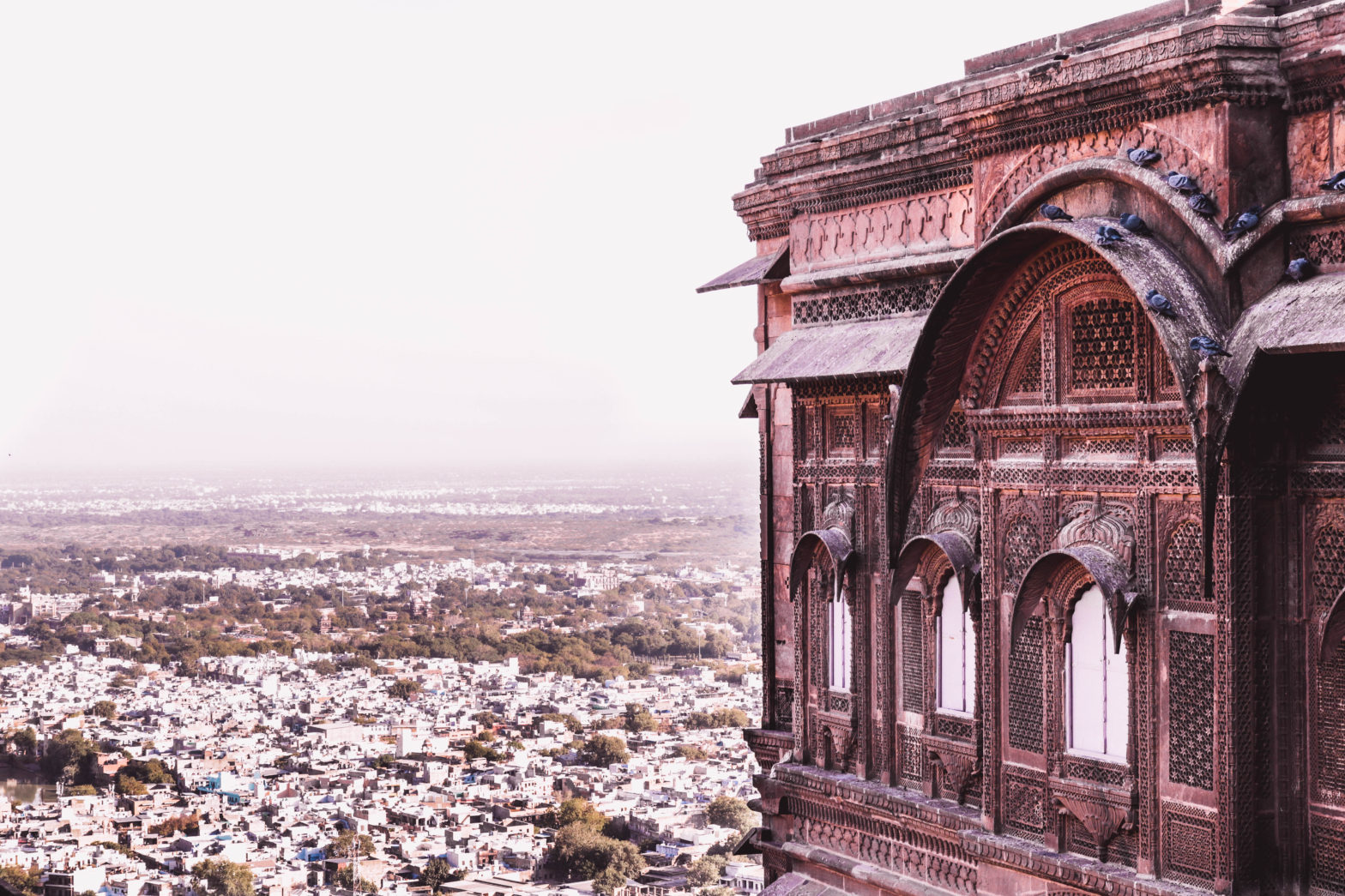


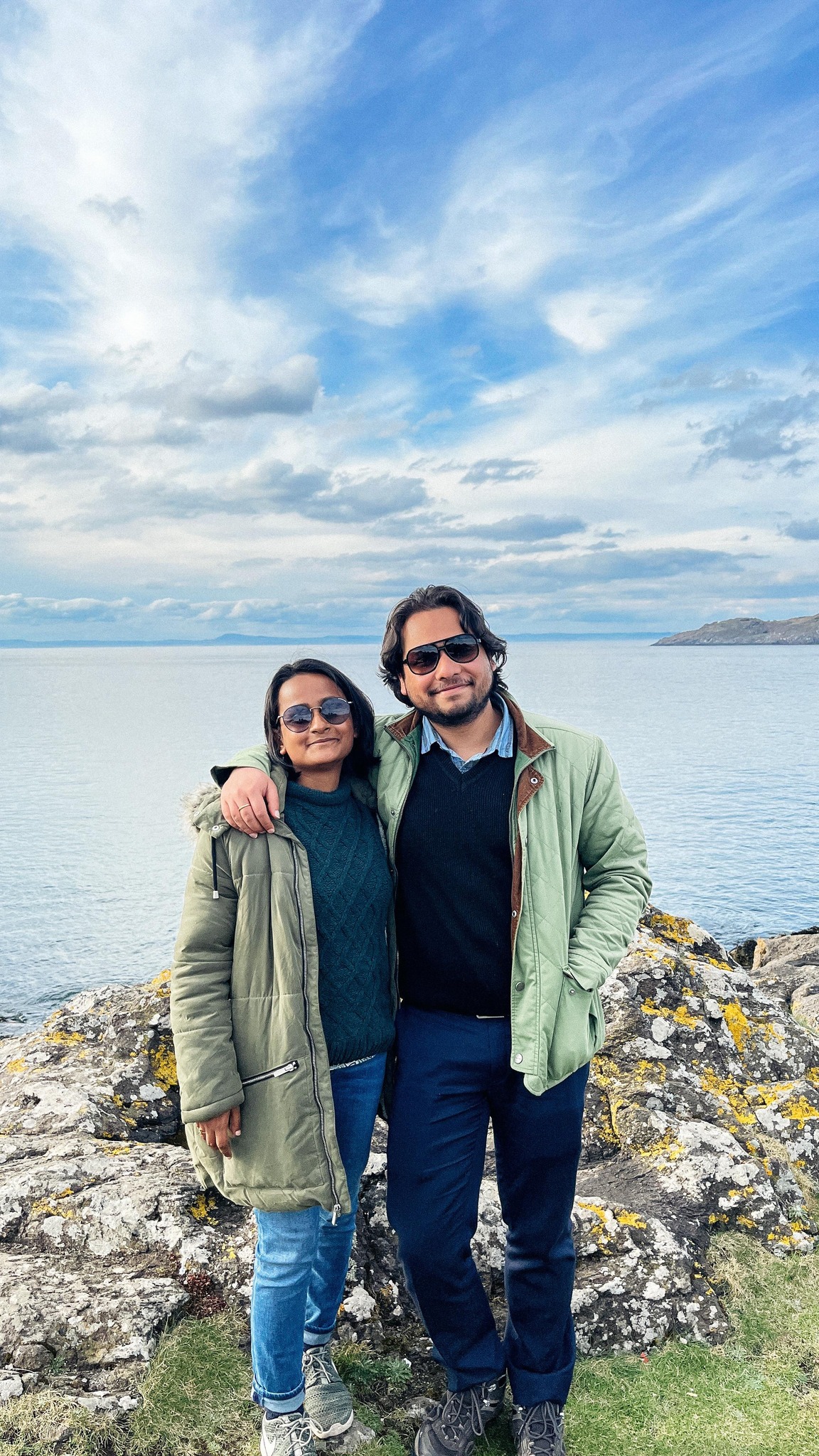
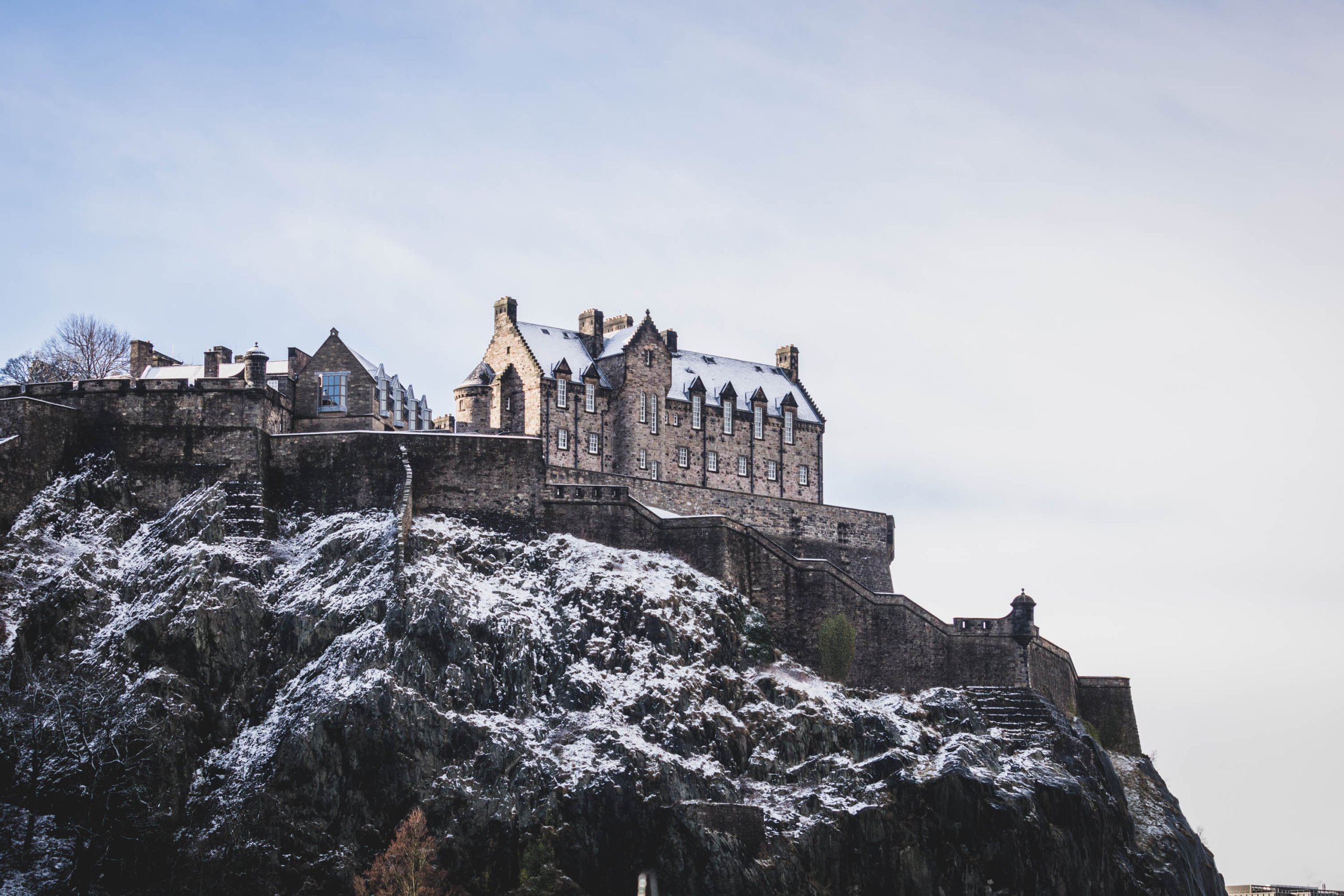
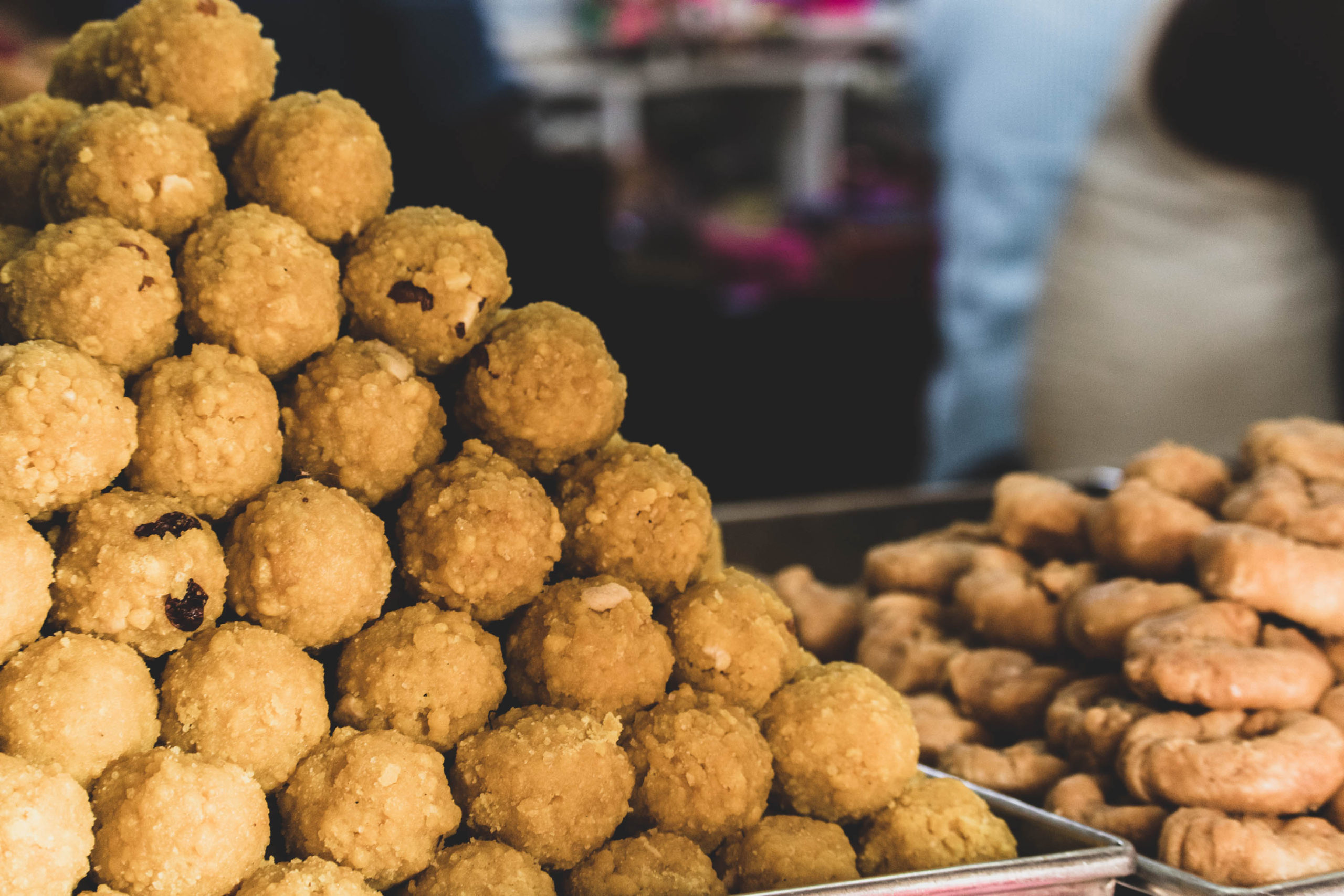
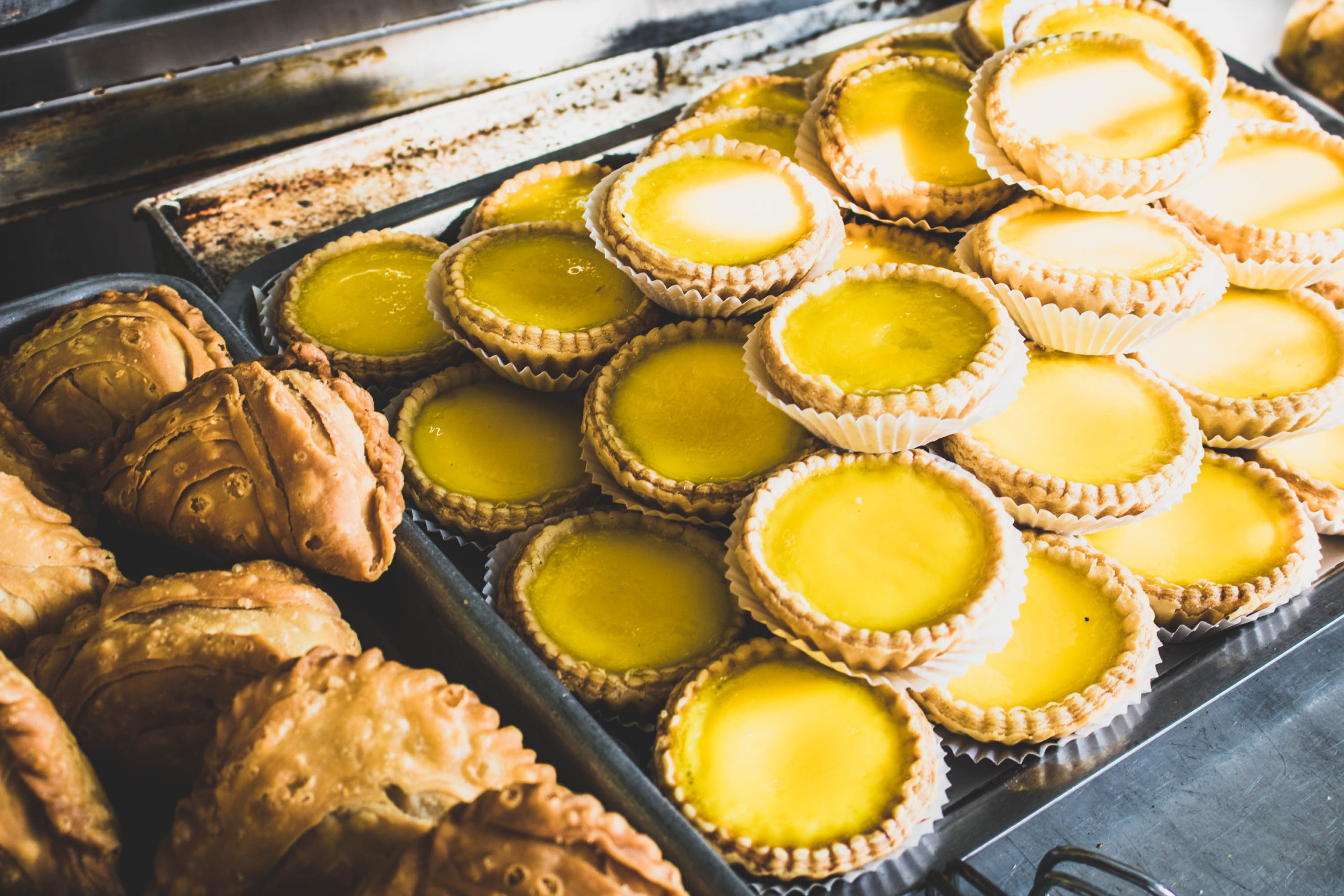
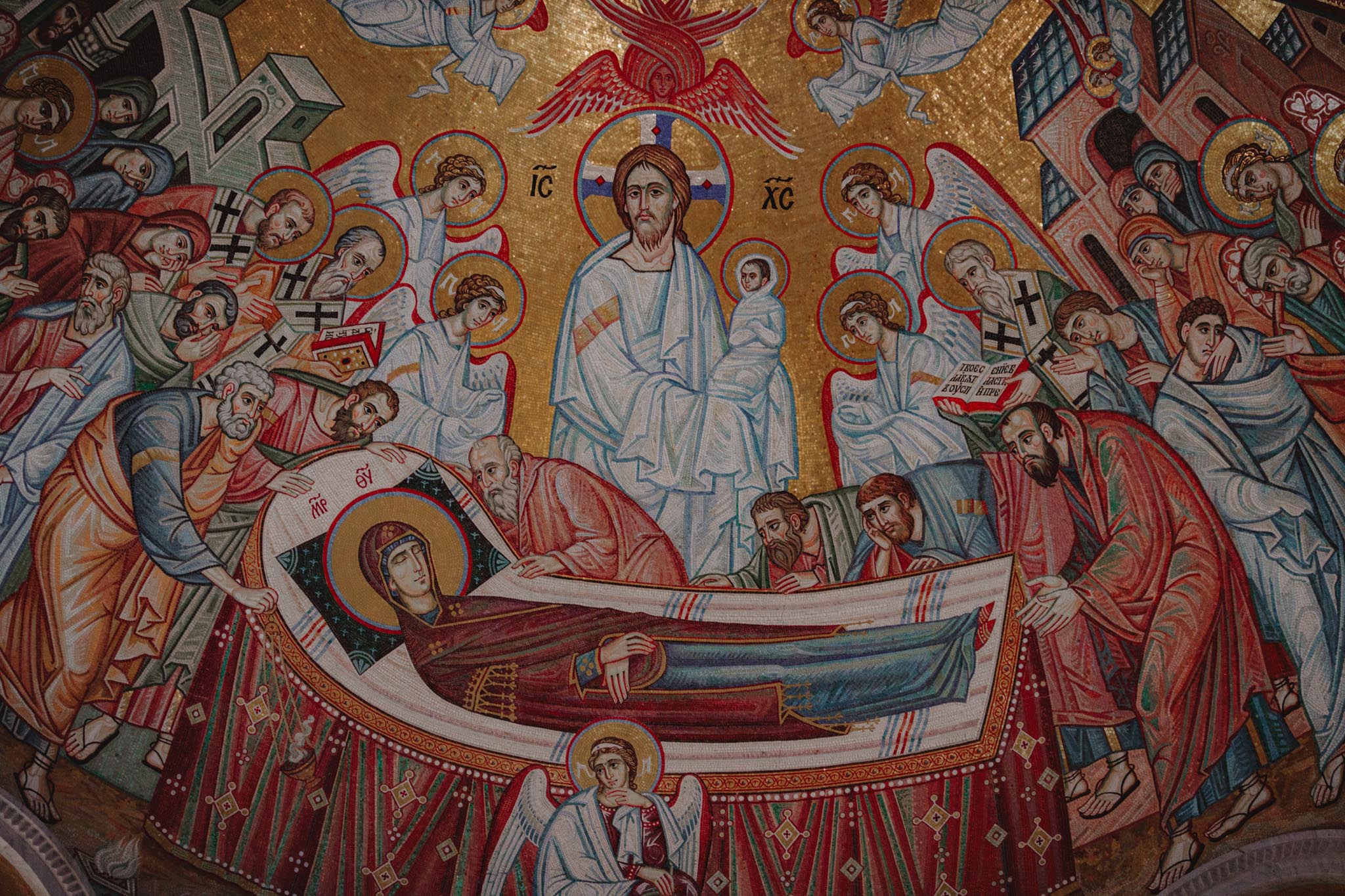
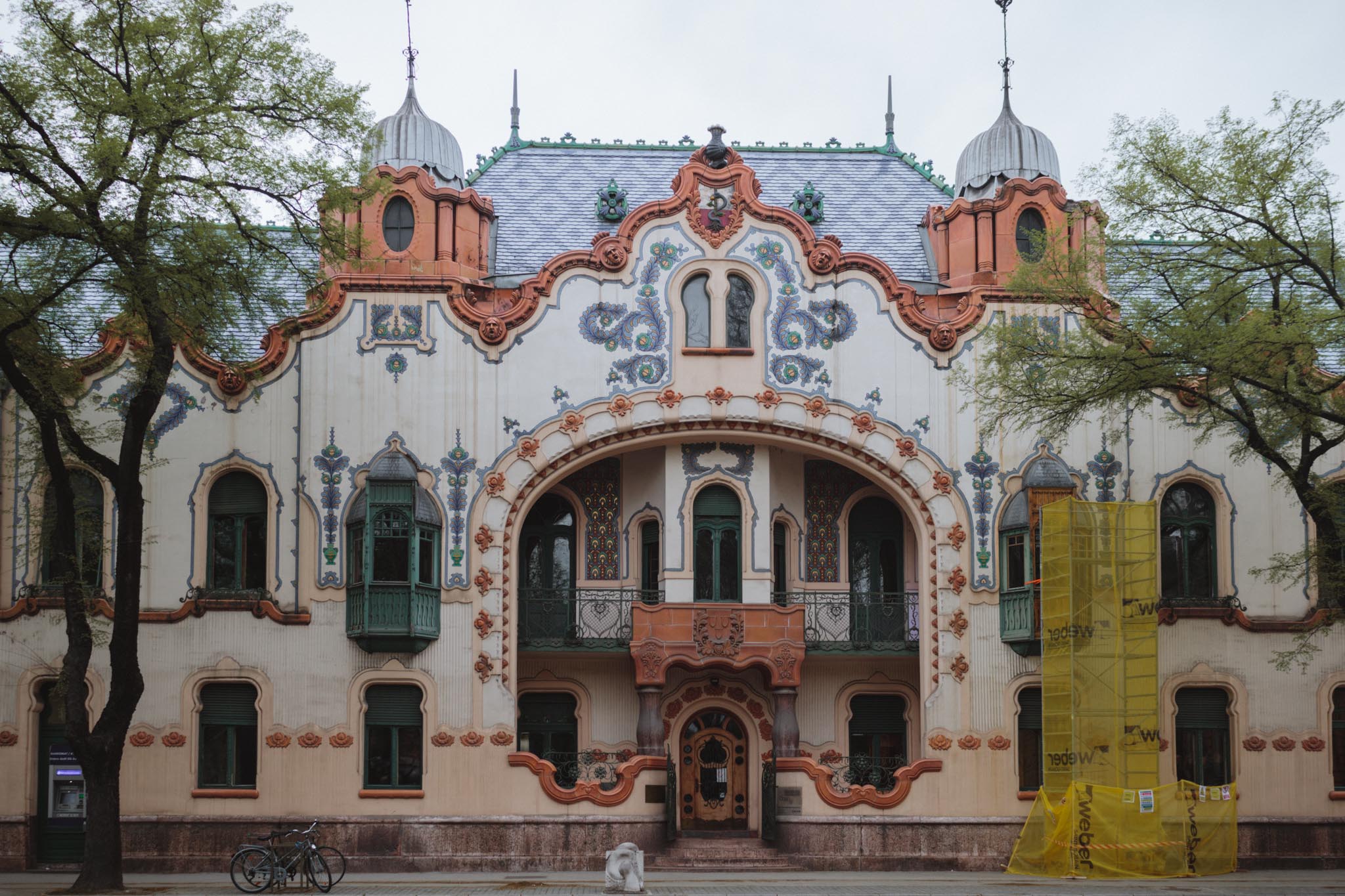

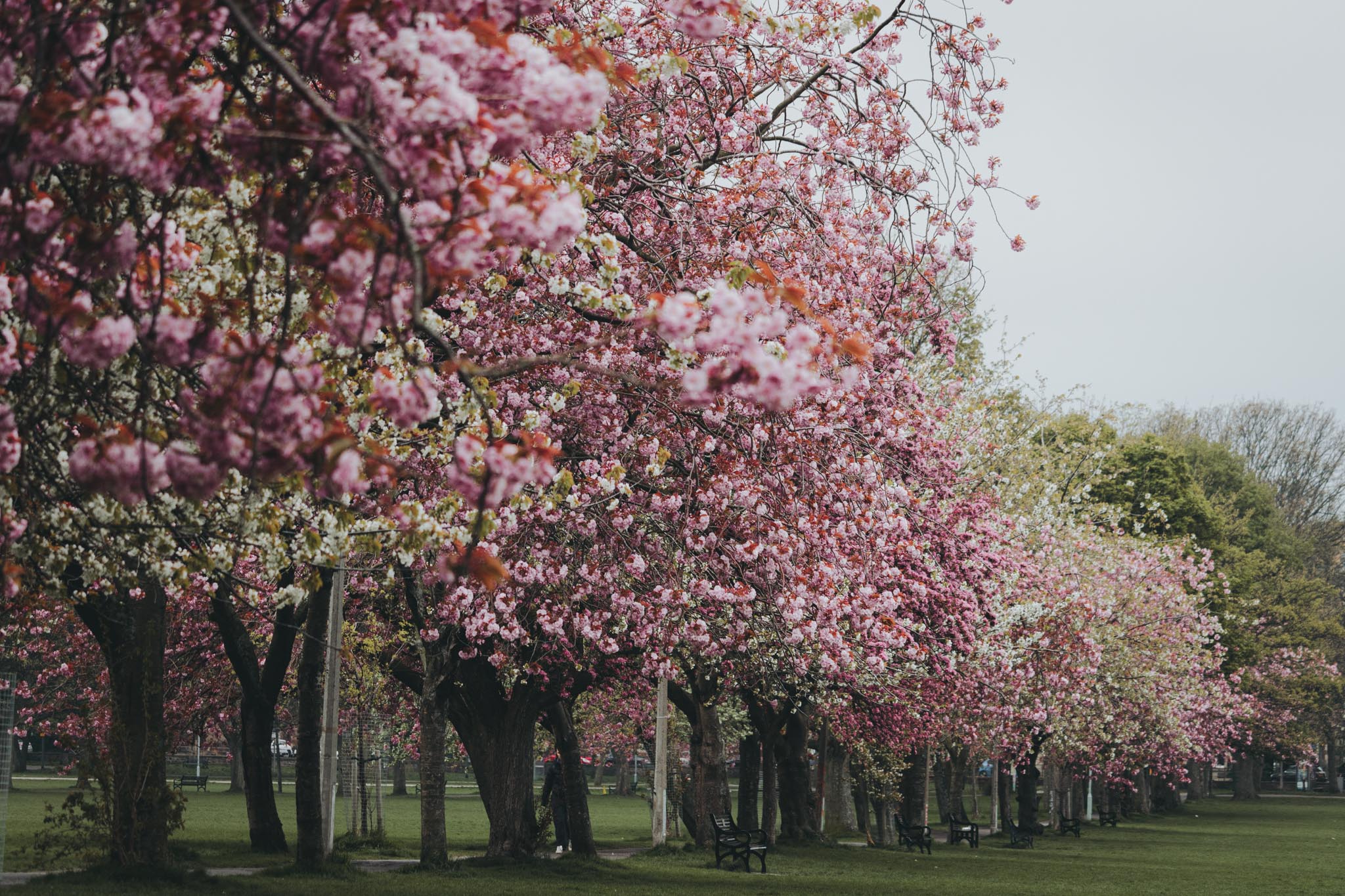
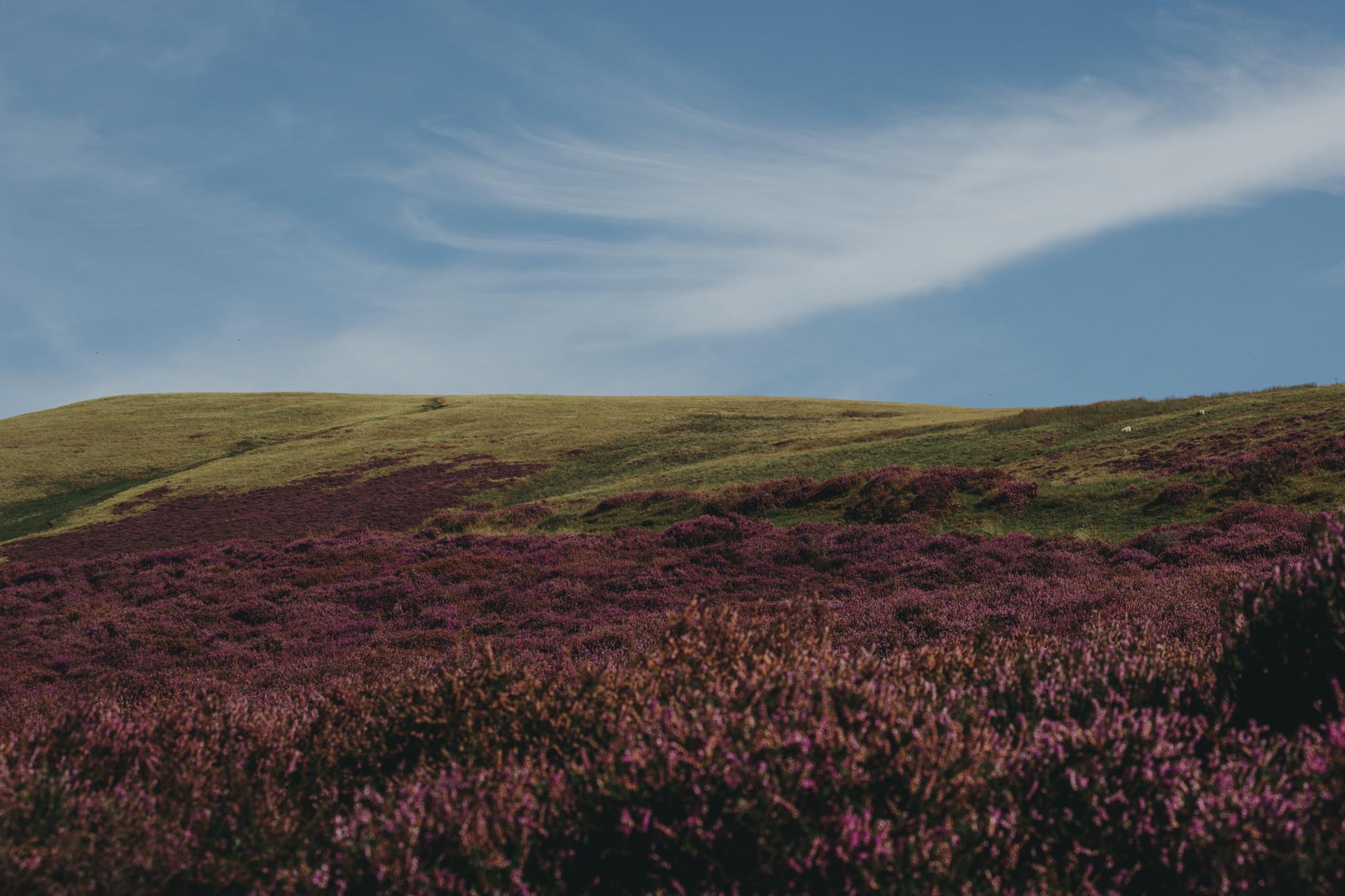
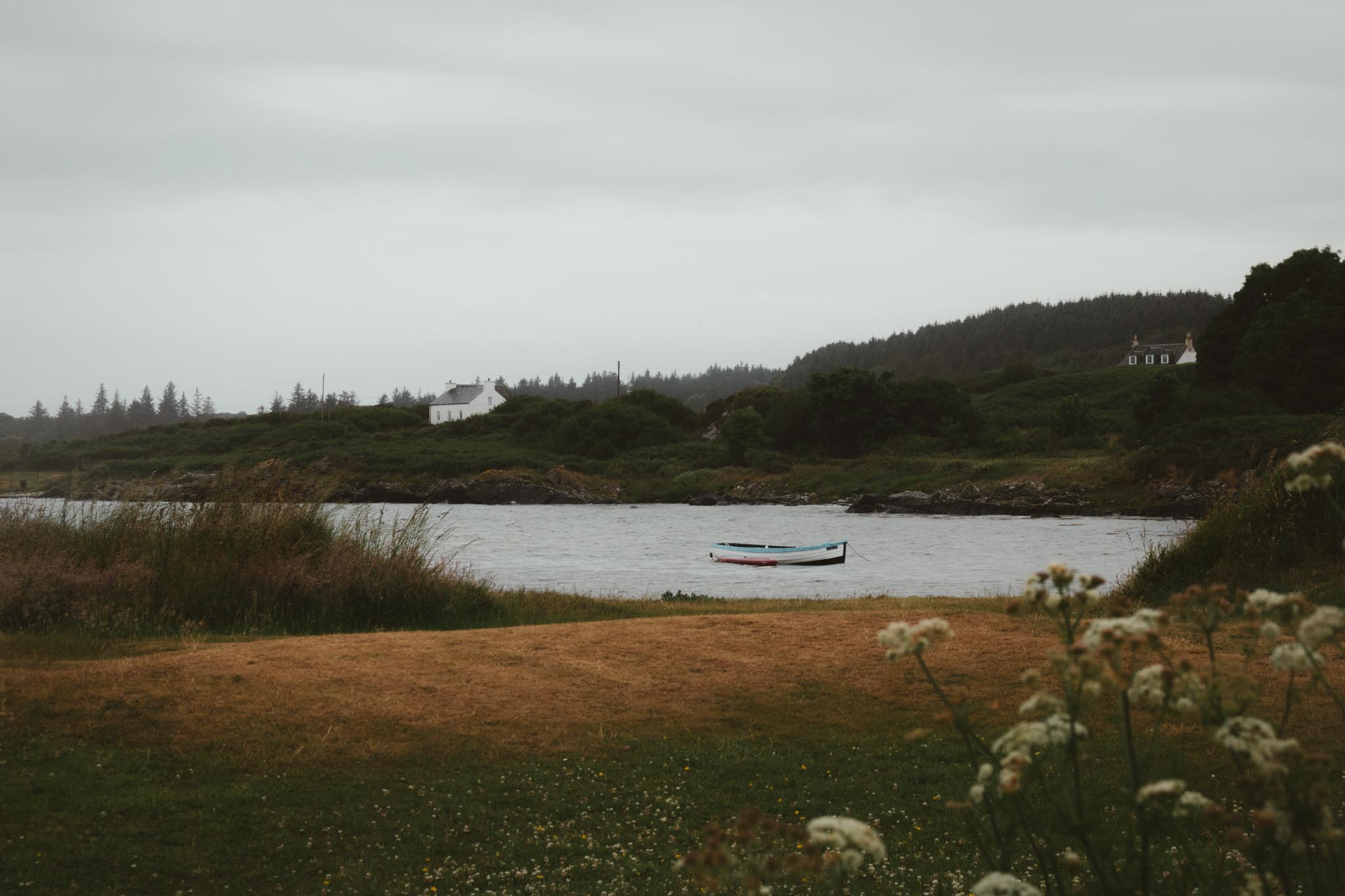
Leave a Reply